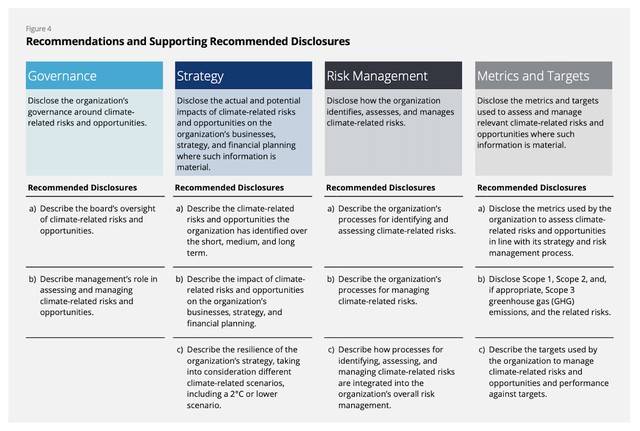Finch & Beak is now SLR Consulting, a global organization that supports its clients on setting sustainability strategies and seeing them through to implementation.
We invite you to check out the SLR website, so you can see the full potential of what we offer, from sustainability strategies to implementation covering Climate Resilience & Net Zero, Natural Capital & Biodiversity, Social & Community Impact, Responsible Sourcing and more.
Considering our global climate dilemma, it is crucial that companies readjust their activities and business models to mitigate and adapt to climate change. According to the IPCC, the next three years are critical, as limiting warming to around 1.5°C requires global greenhouse gas (GHG) emissions to peak before 2025 at the latest, and be reduced by 43% by 2030.
In response, climate-related pressure is rising, spurring businesses to stay the course on our way to a 1.5°C degree world, and to adapt to the new reality brought about by climate change:
Developing a climate strategy entails understanding impacts related to climate change, and having a plan to mitigate the company’s impacts on climate change, as well to adapt to the new circumstances arising from climate change. But where to start? Here are three steps to take to get a good view on your company’s climate-related risks and opportunities, developing or strengthening the actual strategy, and keeping stakeholders engaged along the way.
Before designing the climate strategy, it is essential to understand the following impacts:
Using the recommendations from the Task Force on Climate-Related Financial Disclosures (TCFD) as a basis for the climate strategy is the “golden standard” from the perspective of regulators, investors and investor-focused ratings such as CDP and S&P Global’s Corporate Sustainability Assessment. The Financial Stability Board created the TCFD to develop recommendations on the types of information that companies should disclose to support investors, lenders, and insurance underwriters in appropriately assessing and pricing a specific set of risks, namely those related to climate change. Following these recommendations is also becoming mandatory, as 8 jurisdictions including the European Union, Switzerland, and the United Kingdom have already made TCFD-aligned reporting a requirement.
Several tools are available for companies to assess how the risks and opportunities related to climate change. For climate mitigation, companies should start with measuring their GHG emissions, and undertake life-cycle assessments. Companies can also go one step further and use tools like Impact Measurement & Valuation and Portfolio Sustainability Assessment to quantify the societal impacts of a company’s activities and identify opportunities for improvement.
For climate adaptation, companies should conduct scenario analyses on physical and transition risks brought about by climate change. These analyses provide technical insights on the resilience of an organization’s strategy to climate-related risks. In line with the TCFD recommendations, companies should use at least one 2°C or lower scenario.
In assessing the climate-related risks and opportunities, companies should also consult their stakeholders. Engaging the stakeholders can be done through the company’s materiality assessment or on the base of a project dedicated to the company’s climate strategy. These processes provide valuable insights for building the climate strategy and will allow to facilitate the climate strategy execution.
Once the risks and opportunities have been identified, the climate strategy can be developed. A strong climate strategy, in line with the stakeholders’ expectations and aligned with the TCFD recommendations include:

Companies are encouraged to report on their climate strategy following the TCFD requirements, to showcase the systems in place to contain climate-related issues. The CDSB’s TCFD Good Practice Handbook provides examples of TCFD disclosures. The CDP Climate Change questionnaire is also a helpful tool for companies to report on their climate strategy and can also be used as gap analysis.
Finally, companies should keep stakeholders engaged in the company’s climate strategy. To do so, companies should embed climate-related issues in the open dialogue that the company has with each of its stakeholder groups. For instance, climate-related issues can be discussed in business reviews with customers and suppliers. This is essential as working on the climate strategy is a value-chain effort and requires close collaboration with companies’ ecosystems.
If you would like to know more or require assistance with working on your climate strategy, net-zero and/or science-based targets, or TCFD, get in touch with Johana Schlotter at johana@finchandbeak.com or call +31 6 28 02 18 80 to discuss how Finch & Beak can support you.
Photo by Markus Spiske on Unsplash
Finch & Beak
hello@finchandbeak.com
+34 627 788 170